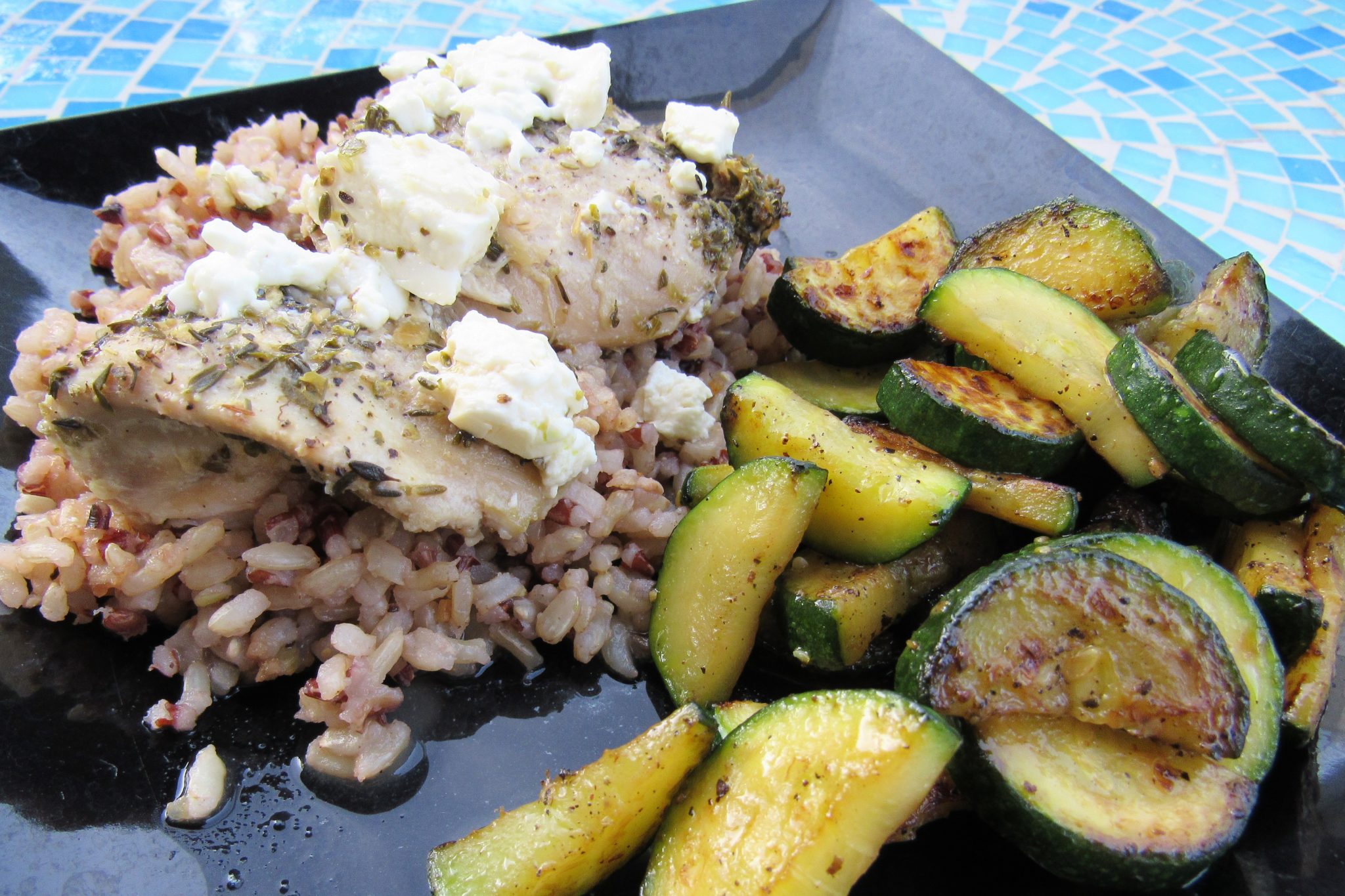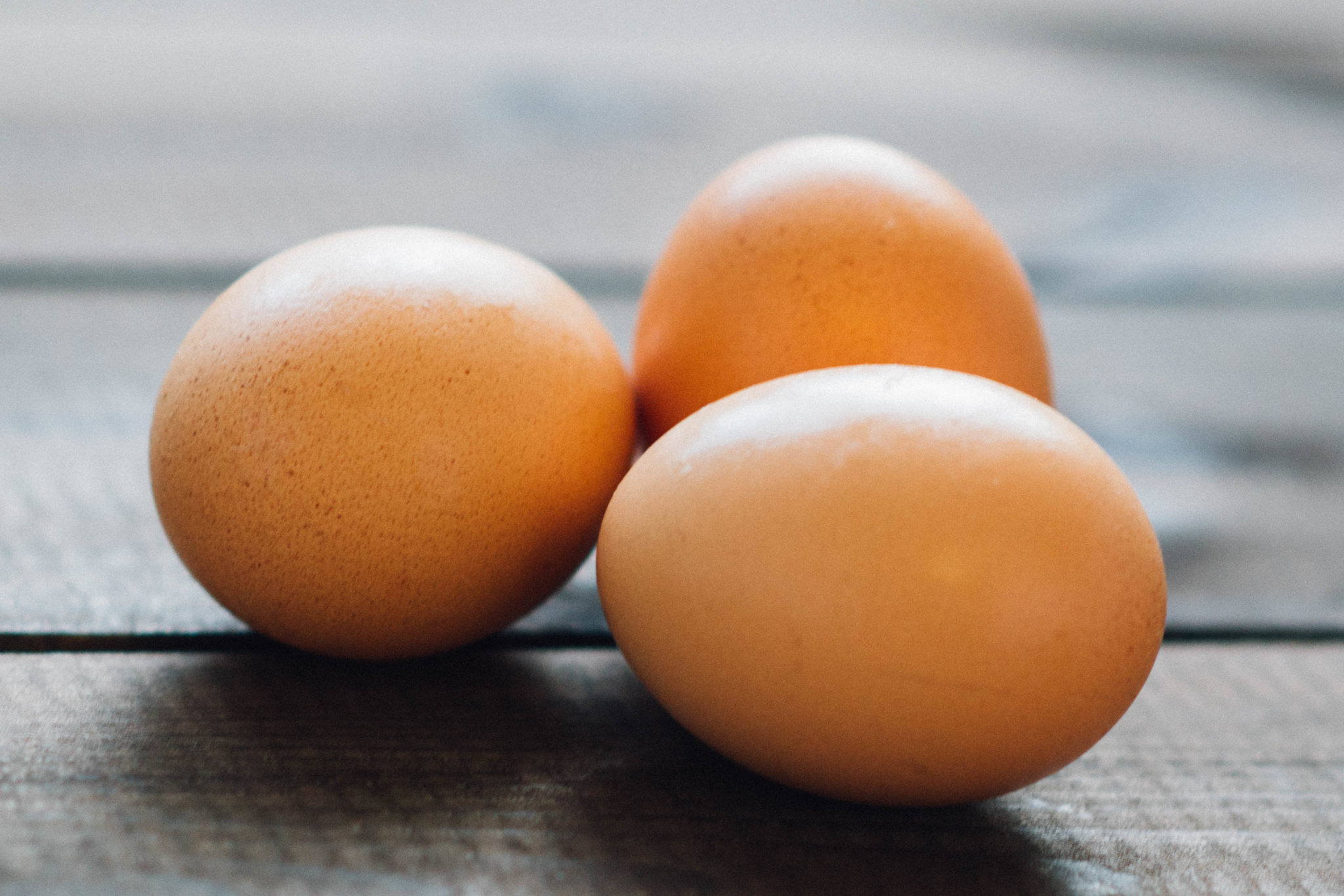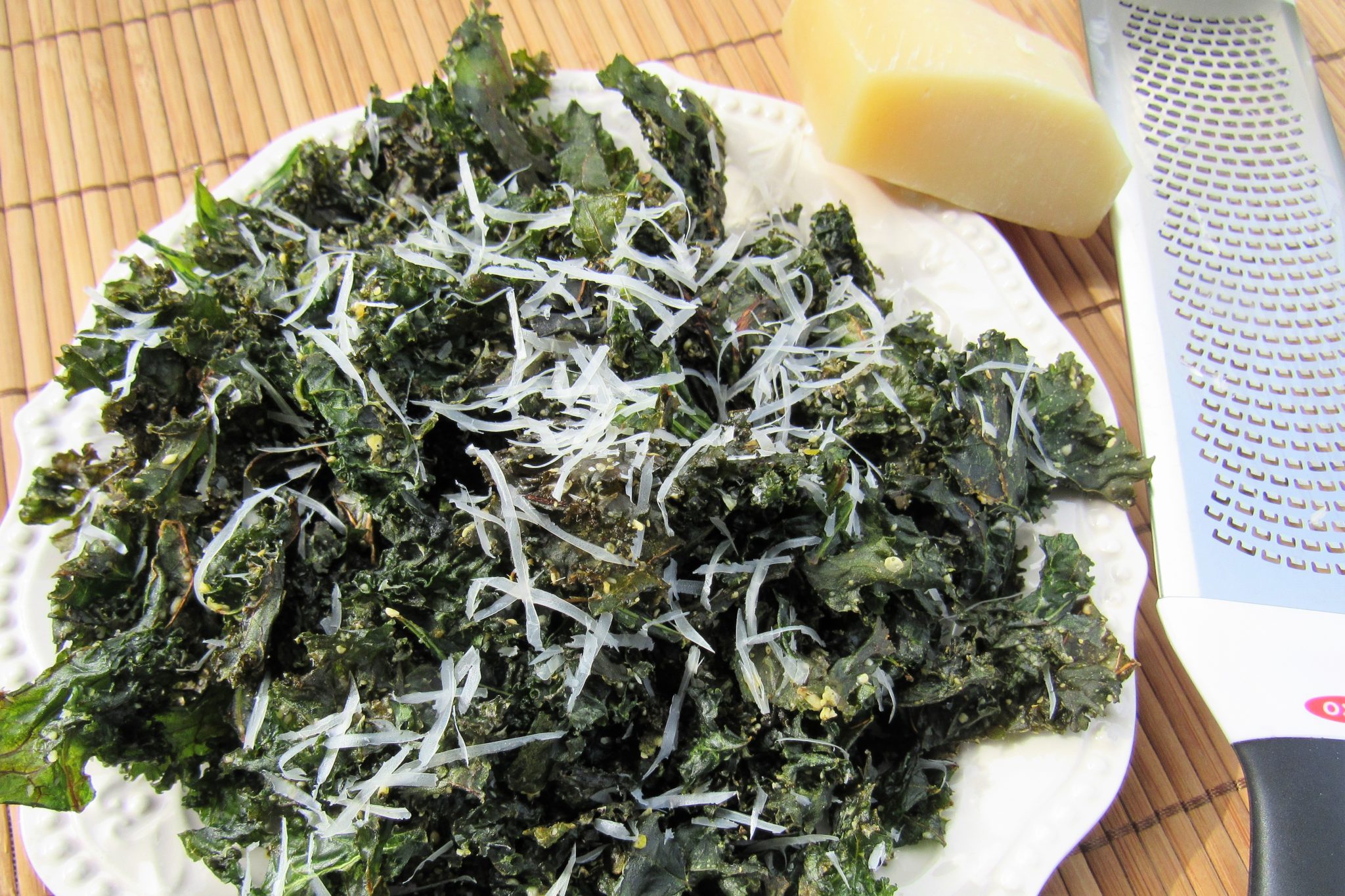Americans of all ages consume less than ⅓ of the recommendations for whole grains every day. That means most individuals do not eat even 1 serving (1 slice of bread or 1/2cup cooked grain) that is 100% whole grain! YIKES!
Whole grains are a beneficial part of a healthy diet. They provide complex carbohydrate (an important source of energy), fiber (who doesn’t need a little bit MORE of that!) and a variety of vitamins and minerals, including iron, zinc, manganese, folate, magnesium, B vitamins, and vitamin A. The 2015 Dietary Guidelines recommends making at least half of your grains whole grains so that you can benefit from the nutrients. Plus, the intact fiber and protein helps your body digest the carbohydrate slower so that they do not raise blood glucose as quickly as refined grains.

Most Registered Dietitians would join me in recommending that we eat whole grains 100% of the time. This is truly ideal. Refined grains have 25% less protein, are always lower in fiber because the outer bran has been removed and are greatly reduced in at least 17 different nutrients! When compared, refined vs whole, there just isn’t a comparison…whole grains win every time!
BUT…
There is something that research is showing may even be superior… sprouted grains. These little monsters amp up the nutrition even more!
Let’s explore just exactly what they are and let me share all you need to know about where to find them in the store and how to incorporate them into your meals.
What are sprouted grains?
Sprouted grains are whole grains that have been soaked and left to germinate. All the parts of a whole grain, bran, endosperm and germ, are intact. Remember that a grain is the seed of a plant and contains all the nutrients and potential to become a plant.
When the grains are placed in the right environment (temperature and moisture), the grains begin to sprout. Enzyme activity actually transforms some of the starch into more easily digestible molecules AND some nutrients become more bioavailable to the human body. Essentially, the sprouting process makes it easier for your body to get the nutrients it wants and needs!

It is important to note that there is no regulated definition of “sprouted grains” which means that there is a level of interpretation among companies. According to the Whole Grains Council, the USDA has endorsed a definition by the American Association of Cereal Chemists,
“Malted or sprouted grains containingall of the original bran, germ, and endosperm shall be considered whole grains as long as sprout growth does not exceed kernel length and nutrient values have not diminished. These grains should be labeled as malted or sprouted whole grain.”
IF the sprout grows so long as to exceed the length of the seed, then it becomes a “plant” and no longer a sprouted grain.
What are the benefits of sprouted grains vs whole grains?
While whole grains are good sources of vitamins and minerals, these grains also have natural compounds (phytates) that can inhibit the body from absorbing some of the nutrients within the actual grain. What a bummer! However, because the sprouting process reduces these compounds and nutrients become better available for the body to digest them and adsorb them to be used.
Research has shown some pretty impressive findings about sprouted grains:
-
Antioxidant activity has been shown to be 200-800% more active in some sprouted grains than regular whole grains.
-
Sprouting can increase protein and essential amino acids (building blocks for protein)
-
Sprouted grains often have a higher fiber content than whole grains.
-
The process of sprouting can make some nutrients including, B vitamins, vitamin C, and folate, more readily available to the body.
-
Some research suggests that sprouted grains have a lower glycemic response (rise in blood sugar) than traditional whole grain and white (refined) breads

The problem…a lot of the research is lab analyses, plant research and very small human studies. There aren’t large human studies for which we can apply to a population. Also, the conditions, length of sprouting and type of grain create a wide variety of variables that make it difficult to conclude nutrient benefits about sprouting overall.
The Whole Grains Council has reviewed an abundance of research studies and draws these conclusions as to the current health benefits of consuming sprouted grains:
-
Sprouted brown rice fights diabetes.
-
Sprouted buckwheat protects against fatty liver disease.
-
Cardiovascular risk is reduced by sprouted brown rice.
-
Sprouted brown rice decreases depression and fatigue in nursing mothers.
-
Decreased blood pressure is linked to sprouted barley.
While most of the human research studies on sprouted grains are small, the research is promising and appears to show an overall trend that sprouted grains have a variety of health benefits beyond traditional whole grains.

Can you eat whole or sprouted grains on a gluten free diet?
Some people need to follow a gluten free diet due to Celiac Disease and others follow this eating pattern due to an intolerance or a sensitivity to gluten. BUT, just because they need to eat a gluten free diet doesn’t mean grains are out. In fact there are 10 different types of grains commonly available in America that are naturally gluten free! Some grains can become “contaminated” in a factory that also processes gluten containing products, but unless you have Celiac disease, most individuals are fine eating these grains.
Gluten Free Grains
Amaranth
Brown rice
Buckwheat
Corn
Millet
Oats
Quinoa
Sorghum
Teff
Wild rice
Gluten-Containing Grains
Barley
Rye
Wheat
Triticale
Where can you find sprouted grains in the grocery store?
Sprouted grain breads do not contain preservatives which is a huge win for whole foods, BUT, that also means that their shelf life is much shorter than traditional breads. Depending on the supply and demand of these products at your particular grocery store, they may be located in the traditional bread aisle (this is where it is located at my local Trader Joe’s) OR the sprouted breads may be found in the freezer aisle. When buying sprouted bread, it is best to keep in the fridge or freezer, especially if you are not planning to eat the entire loaf in 3-5 days.
Other sprouted grain products include flours, snacks, cereals, and pasta. These can be located with other similar products OR are sometimes found on a “health foods aisle” in your particular store. If you cannot find them, just ask. Some stores will have a larger selection than others, but if you can’t find what you want to buy, most stores will purchase these exact items for you if they know you will return to buy this product. They want you to buy products from THEM, again and again!

Markets like Whole Foods or Fresh Market often carry packaged sprouted grains (like quinoa, brown rice, etc) in the grains section and sometimes in the bulk foods area as well.
Please remember that just because a product label says “sprouted” does not mean it is healthy. The company may have included some sprouted grains but you must always review the ingredient list and nutrition label to determine if this is a product that is right for you and your health. Don’t let trendy “health lingo” camouflage the product for what it really is… ALWAYS take a closer look.
How do you incorporate sprouted grains in your meal plan?
Most all sprouted grain products can be used in place of their unsprouted counterpart. There are no special tricks or magic recipes to use these products. Sprouted breads tend to be more dense which makes them great toasted or in a grilled sandwich.
Sprouted grains are cooked the same way you do every other type of whole grain. Sprouted flours can be used in place of regular ones (ie. sprouted whole wheat flour for whole wheat flour).
If you are interested in trying out a recipe with sprouted grain flour, check out this cracker recipe from Sally Kuzemchak, RDN at Real Mom Nutrition!

What’s the takeaway?
Sprouted grains appear to be a great way to boost overall vitamin, mineral, fiber and antioxidant consumption, but they do have a higher cost. Due to no regulated definition, the nutrition of sprouted grains may vary widely among brands. Whole grains are still an ideal choice, especially if sprouted grains are not available or don’t fit in the weekly grocery budget. Most individuals are not consuming even half of the recommended fiber intake per day and whole grains, sprouted or not, would provide a BIG boost to help them reach their target. If you have ever been curious, now is the perfect time to add sprouted grains to your shopping list and give them a try!
References
Whole Grains Council
Today’s Dietitian, Gluten Free Whole Grains and Whole Grains: Sprouted Grains
2015-2020 Dietary Guidelines for Americans
McGill, C. R., Fulgoni, V. L., & Devareddy, L. (2015). Ten-Year Trends in Fiber and Whole Grain Intakes and Food Sources for the United States Population: National Health and Nutrition Examination Survey 2001–2010. Nutrients, 7(2), 1119–1130. http://doi.org/10.3390/nu7021119
A Few Sprouted Grain Brands
Angelic Bakehouse– breads and bread products
Food for Life, Ezekiel 4:9 Bread and bread products
Soul Sprout Granola Bars– Made with a simple ingredient list, these bars are just over 100 calories and only have 6-7 grams of sugar.
DISCLOSURE: This post contains affiliate links. If you purchase a product through this link, your cost will be the same but Healthy Inspiration will receive a small commission to help with the operating costs of this blog. Thank you for your support!















